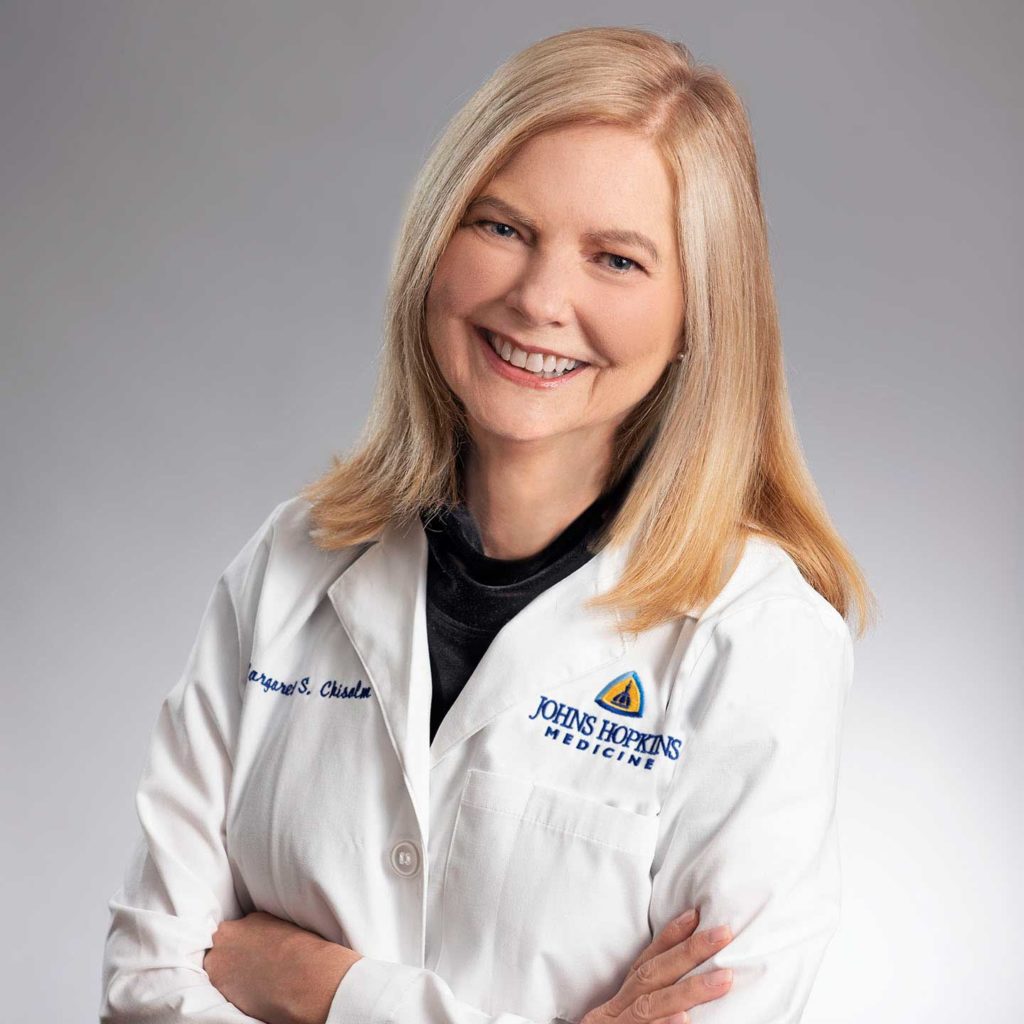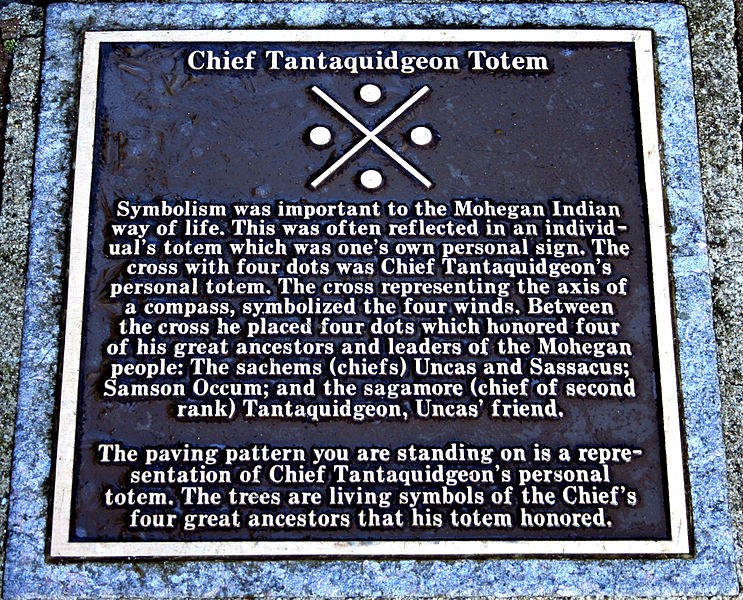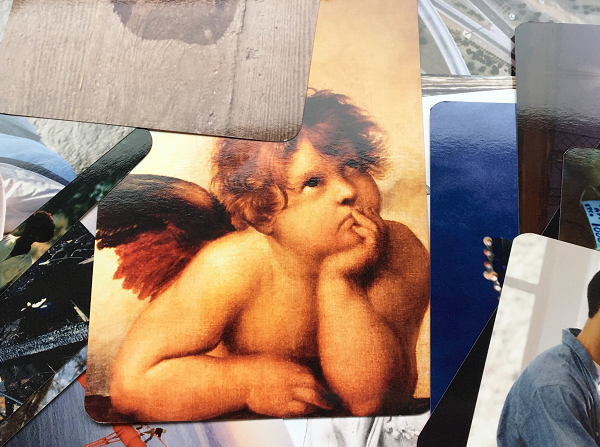Takeaway
A psychiatrist shares her story of how a painting by Raphael has reminded her of of why she wanted to become a doctor and what the profession of medicine is all about.

Passion in the Medical Profession | May 24, 2018 | 2 min read
By Margaret Chisolm, MD, Johns Hopkins Medicine

Symbolism was important to the Mohegan Indian way of life, and was equally important to my way of life as a medical student and resident. I found my professional totem in an unlikely place. It was 1986, my third year of medical school. I was enjoying a brief winter vacation in Florence, Italy, before beginning my basic clinical clerkship in surgery, which featured every other night call. Overnight. In the hospital.
But on New Year’s Eve, I was far from home with my husband and friends, in a Tuscan mountain lodge drinking Campari aperitifs by the fire, and feasting upon wild-boar sausage and tiny roasted songbird appetizers (think soft-shell crabs), while a snowstorm raged outside. Later, back in Florence, we stopped by the Italian-based store, Fiorucci, which is evidently still a thing, so many years later. There I bought some item of clothing that I have long forgotten (which is probably a good thing, if you dare to look at what they were selling at the time). What I have not forgotten was the little “giveaway” that they slipped into my shopping bag. It was a sticker. It turns out that in 1984, “Fiorucci collaborated with the sticker manufacturer on a set of high-impact, highly collectible stickers that are still in demand today.” My sticker reproduced the detail of two cherubim, or putti, from the painting by Raphael, The Sistine Madonna.
Returning from the fantastical world of Florence to face the cold, hard reality of a surgery clerkship at the now-defunct Loch Raven Veteran’s Administration hospital was a challenge. On my first day, I had a mini-breakdown and found myself walking outside around the perimeter of the complex in tears. Pulling myself together, I returned to work and the next day came in at 5:30am to pre-round with Raphael’s cherubim—who became my professional totem—firmly applied to the front of my clipboard, on which was secured the ever-present, seemingly endless medical student scut list.
Chief Tantaquidgeon’s totem features a cross representing the four winds, along with four dots honoring four of his ancestors. What did Raphael’s cherubim mean to me, then, as a medical student, and later – as the clipboard accompanied me to Hopkins – as a resident? The cherubim represented more than a magical vacation in Italy. To me, Raphael’s cherubim symbolized charity and mercy, and they reminded me of why I went to medical school in the first place: to help people, even someone who might not be particularly likeable at first glance. The cherubim helped me care for the malodorous, the angry, and the disfigured. They accompanied me through the most difficult days of training and helped bring out the best in me. And for that I am forever grateful.
As my training ended, so did the hardship of long duty hours and the drudgery of the scut list. I gave up my clipboard, along with the sticker of Raphael’s cherubim. And I didn’t really think about those cherubim much more…until last year when attending an Arnold P. Gold Foundation conference on humanistic medicine. There I—along with the other participants—was assigned the task of sifting through dozens of postcard-size images. Imagine my surprise when—going through the cards—I saw one of Raphael’s lovely cherubim gazing up at me. There it was, after so many years: messengers of charity and mercy reminding me—once again—of why I wanted to become a doctor and what the profession of medicine is all about.


